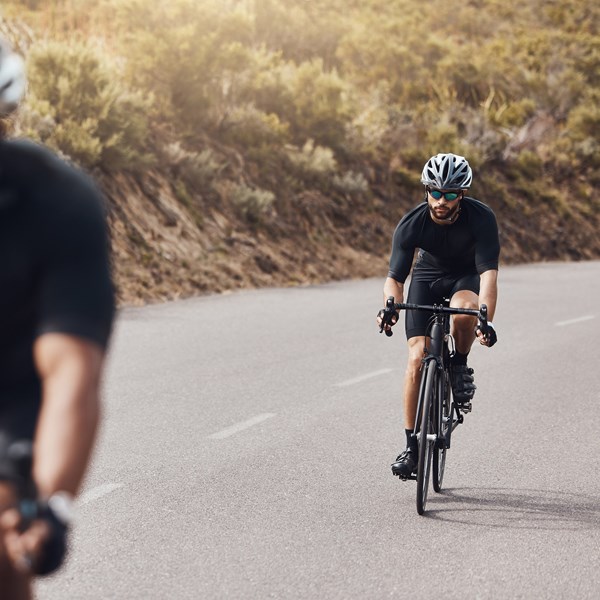Imagine a cardigan that could give you superpowers? We’re not talking about Tom Daley’s crocheted Olympic garment but something far more high-tech.
Researchers from California Institute of Technology (Caltech) and Nanyang Technological University (NTU) Singapore recently published a paper in Nature about a new type of “tunable” fabric that can reversibly change properties on demand, in this case a flexible material that can be stiffened at will.
Their idea is borrowed from the medieval period, where chain mail armours made of small metal rings linked together were used to protect knights in battle. Like many armoured materials of the time, chain mail came with a draw-back. Although protective, its weight made mobility a problem.
Fast forward half a millennium and researchers are now 3D-printing much smaller, lighter rings made of plastic rather than metal. The shape of the rings is particularly ingenious, with individual octahedrons (similar to two hollow pyramids sandwiched together) linked to one another to form a sheet. This arrangement means that the sheet is lightweight since it is mostly made up of air.
When the sheet is stiffened, the small rings compress and lock together to form a rigid structure. Incredibly, the researchers found this structure could hold 50 times its own weight and it is this dramatic increase in tensile resistance that makes tunable fabric so innovative.
WHAT MIGHT BE NEXT FOR TUNABLE FABRICS?
You may be worrying about the discomfort of wearing rigid clothing in a post-pandemic world where active wear will no doubt become the norm. However, applied in the right context, this type of advanced material could be hugely advantageous.
- Tunable fabrics could be incorporated into clothes worn by construction workers to provide additional physical support on demand. They could also reduce fatigue in factory workers who often remain standing for long periods of time.
- In the medical field, tunable fabrics could be draped over a broken limb and hardened to match a patient’s specific body shape, and then loosened for easy removal. Another application could be in the manufacture of exoskeletons (e. robotic suits used to aid walking), which need to be both as light and supportive as possible.
- Future work to bring tunable fabrics to the end user will focus on the types of “switches” used to stimulate the material to change properties. Many researchers and companies are now developing fabrics that can sense and change in response to magnetic forces, tension imparted by fibres, temperature, pH and even light.
Protecting such fabrics and their commercial applications should be a top priority for these researchers and companies since securing the right intellectual property assets will allow them to gain a competitive advantage over others and innovate further. As the advanced material sector becomes increasingly cross-disciplinary by the day, carefully selecting the right legal advisors is crucial in coordinating a successful global IP strategy.
To find out more about how IP can help you create commercial value from your advanced materials innovations, please contact us at info@potterclarkson.com.







